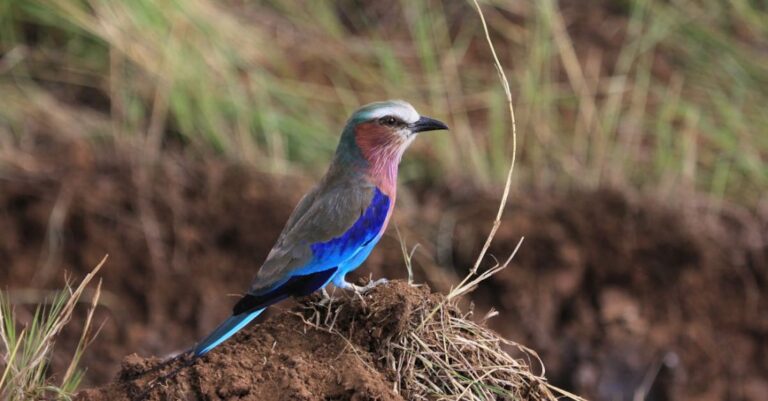
The Galapagos Islands, located in the Pacific Ocean, are home to a unique array of flora and fauna, many of which are found nowhere else on Earth. These islands are famous for their role in shaping Charles Darwin’s theory of evolution. However, the fragile ecosystem of the Galapagos is under threat from the impacts of climate change, which is putting further pressure on the already endangered species that call these islands home.
Climate Change and Rising Temperatures
One of the most significant impacts of climate change on the Galapagos Islands is rising temperatures. As global temperatures continue to increase, the delicate balance of the islands’ ecosystems is being disrupted. Warmer temperatures can lead to changes in rainfall patterns, which can in turn affect the availability of food and water for the plants and animals that live on the islands.
The Galapagos penguin, the only penguin species to live north of the equator, is particularly vulnerable to rising temperatures. These birds rely on cold water currents to survive, and as sea temperatures increase, their food sources may become scarcer. This can lead to declines in the population of Galapagos penguins, pushing them further towards the brink of extinction.
Ocean Acidification and Coral Reefs
Another consequence of climate change that is affecting the Galapagos Islands is ocean acidification. The oceans absorb much of the carbon dioxide that is released into the atmosphere, leading to a decrease in the pH of seawater. This can have devastating effects on marine life, particularly on coral reefs.
Coral reefs play a vital role in the health of the oceans and provide essential habitat for a wide variety of marine species. However, as ocean acidification worsens, the ability of corals to build their calcium carbonate skeletons is compromised, leading to coral bleaching and eventual death. This not only impacts the corals themselves but also the numerous species that rely on them for food and shelter.
In the Galapagos, coral reefs are home to a diverse array of marine life, including colorful fish, sea turtles, and marine iguanas. The degradation of these reefs due to ocean acidification poses a serious threat to the survival of these species, many of which are already considered endangered.
Extreme Weather Events and Habitat Destruction
The increasing frequency and intensity of extreme weather events, such as hurricanes and droughts, are also a result of climate change and are impacting the Galapagos Islands. These events can cause widespread destruction of habitats, making it difficult for species to recover and adapt.
For example, the Galapagos giant tortoise, an iconic species that has faced centuries of exploitation and habitat destruction, is now facing additional challenges due to climate change. Severe droughts can lead to food shortages for these slow-moving creatures, while hurricanes can destroy their nesting sites, further reducing their chances of survival.
Conclusion: Urgent Action Needed
The effects of climate change on the Galapagos Islands and their endangered species are becoming increasingly evident. Without immediate action to curb greenhouse gas emissions and mitigate the impacts of climate change, many of the unique species that call these islands home may face extinction.
Conservation efforts, such as habitat restoration, captive breeding programs, and community engagement, are crucial in ensuring the long-term survival of the Galapagos’ endangered species. By working together to protect these vulnerable plants and animals, we can help preserve the biodiversity and beauty of the Galapagos Islands for generations to come.





